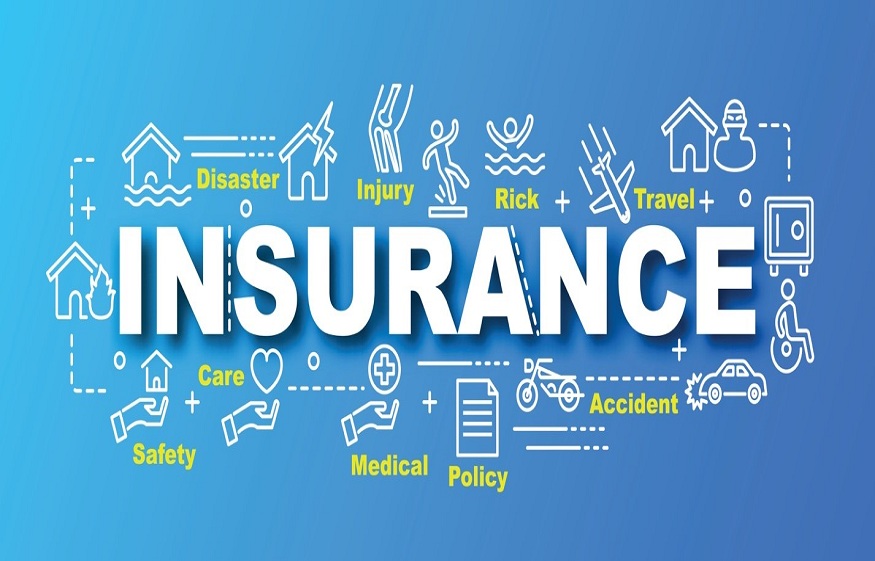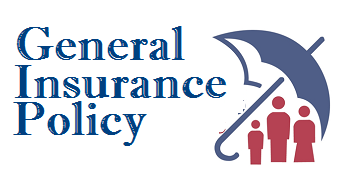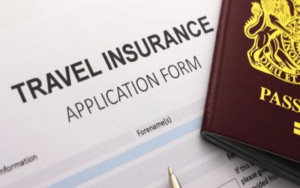How To Secure Your Identity And Keep Insurance Fraudsters At Bay
5 min read
The UK insurance industry is rife with fraud. There are a number of reasons for this, but one of the most common ones is fraudsters accessing people’s personal data in order to scam them out of their money.
How do fraudsters steal people’s identity?
Fraudsters can steal your identity in a number of ways, including rummaging through your trash for personal information, stealing your wallet or purse, or accessing your personal information online. They may also pose as a legitimate business to collect information from you, or they may purchase your personal information from someone who has stolen it. Once they have your personal information, they can use it to open new accounts, file false tax returns, or commit other types of fraud. To protect yourself from identity theft, shred documents with your personal information on them before you throw them away, keep your valuables close to you, and be cautious about giving out your personal information. You can also check your credit report regularly to catch any suspicious activity early on.
The newest ways fraudsters steal identities
Fraudsters are always coming up with new ways to steal identities and commit insurance fraud. Here are some of the latest methods they’re using:
1. Skimming devices:
Fraudsters attach skimming devices to ATMs and gas pumps to capture people’s card information. They can then use this information to make counterfeit cards and withdraw money from victims’ accounts.
2. Phishing emails:
Fraudsters send phishing emails that look like they’re from a legitimate company or organisation. The email may say there’s a problem with your account or ask you to update your personal information. If you click on the link in the email, you’ll be taken to a fake website where the fraudster can collect your information.
3. pretexting:
This is when a fraudster pretends to be someone else in order to get personal information from you. For example, they may call pretending to be from your bank and say there’s been suspicious activity on your account. They’ll then ask for your account number or Social Security number so they can “verify” your identity.
4. data breaches:
Data breaches occur when hackers gain access to sensitive data like credit card numbers or Social Security numbers. This data is then sold on the black market, where identity thieves can buy it and use it to open new accounts in your name.
How to secure your identity
Identity theft is a serious problem that can leave you with financial damages and a ruined reputation. If you’re not careful, it’s easy to become a victim of identity theft. Here are some tips to help you secure your identity and keep insurance fraudsters at bay:
1. Be vigilant about protecting your personal information. Don’t give out your Social Security number, credit card numbers, or bank account information to anyone who doesn’t need it. Be especially careful when you’re online – never enter your personal information on an unsecured website.
2. Keep an eye on your credit report. You’re entitled to one free credit report from each of the three major credit reporting agencies every year. Review your reports carefully to make sure there are no inaccuracies that could be used by someone to steal your identity.
3. Be cautious about what you post online. Social media is a great way to stay connected with friends and family, but it’s also a goldmine for identity thieves. Don’t post personal information like your birthday, address, or phone number on social media sites. And be careful about clicking on links from unknown sources – they could lead you to fake websites designed to steal your personal information.
4. Store important documents in a safe place. Identity thieves can rummage through your trash looking for personal information like bills or tax returns that have been discarded. Share any documents that contain sensitive information before you throw them away.
Other ways to verify your identity
There are different ways to verify someone’s identity, but the most common is by using government-issued identification documents. The three most common types of identification used for verification are a driver’s licence, a passport, or a Social Security card.
Driver’s licence and passports contain a lot of personal information about the holder, including their name, date of birth, address, and photo. This information can be used by identity thieves to open new accounts in your name or to commit other types of fraud.
Social Security cards also contain your name and Social Security number, which can be used to steal your identity and commit fraud. It’s important to keep your Social Security card in a safe place and never give it out to anyone unless you are absolutely sure they need it.
There are other less common forms of identification that can be used for verification purposes, such as a birth certificate or an ID card from work. However, these forms of identification generally don’t contain as much personal information as a driver’s licence or passport, so they are not as useful to identity thieves.
All these are in one way or another used within ID Verification tools and have been the most secure way of protecting your identification information.
What are the consequences of not having a secured ID?
If your ID is not secured, it could be used to commit insurance fraud. Insurance fraud costs the industry billions of dollars each year, and raises premiums for everyone. It also undermines the trust that consumers have in the insurance system.
There are a number of ways that an unsecured ID can be used to commit insurance fraud. For example, someone could use your personal information to open up a fraudulent insurance policy in your name. They could then file a false claim on the policy, and collect the money from the insurer.
Another way that an unsecured ID can be used for fraud is if someone uses it to get medical treatment or prescriptions under your name. This can lead to incorrect or even dangerous treatments being given, as well as huge medical bills being racked up in your name.
It’s important to keep your ID secure to protect yourself from these consequences. There are a number of steps you can take to do this, including keeping your personal information safe and protecting your social security number.






